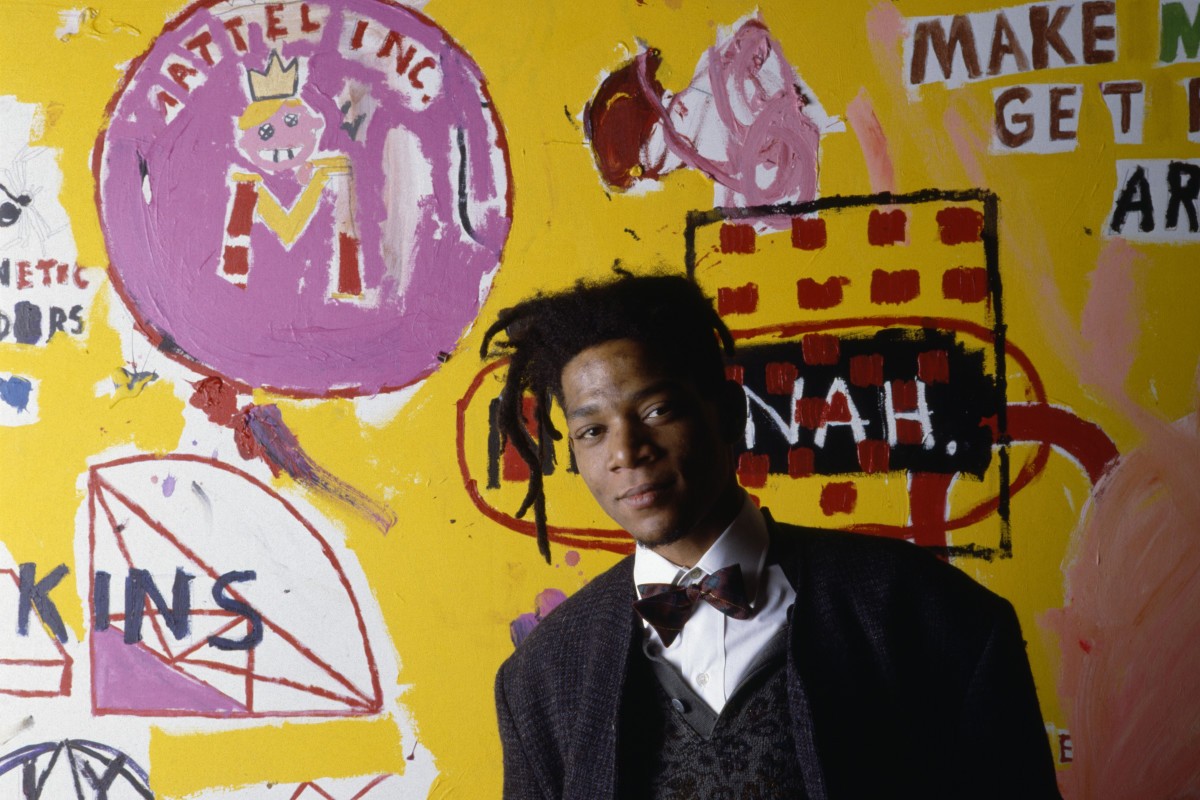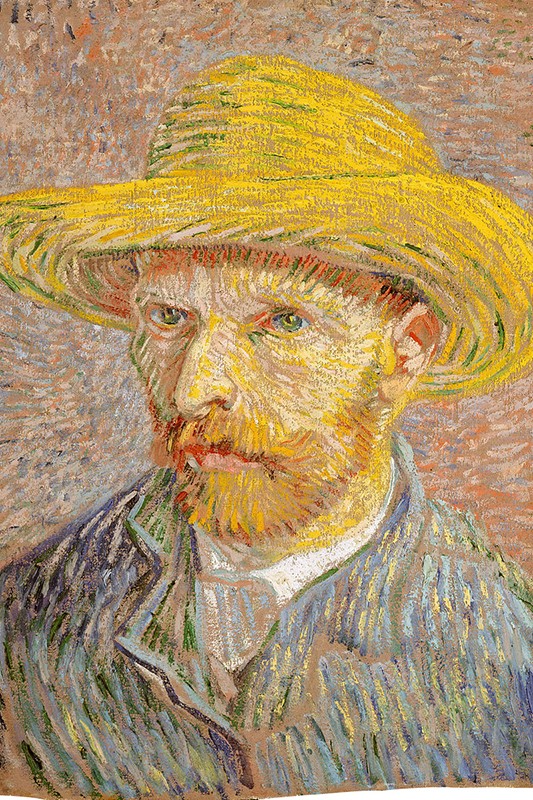Vincent Van Gogh, Jackson Pollock, Jean-Michel Basquiat—these are just a few artists whose lives have been at the center of motion pictures. In the films, pain and suffering have been a huge part of these artists’ drive to create art that the people of today uphold as, needless to say, iconic. Van Gogh would historically be known as a "Tortured Genius" and today, it would be proven false. Van Gogh wasn't always all that tortured and many artists need not be tortured to create art.
Tortured artists is a myth present not only on narratives about visual artists but also on how media presents musicians, writers, poets, directors, and actors. This myth and the way they're being represented through mass media has completely changed the way people see art, especially of these people but it's to be understood that not all artists need not be in agony to create. The dangers this puts creatives and enthusiasts present itself nonchalantly and often, we shrug it off as it's been normalized over time.
The Myth
More than any other artist, Van Gogh's life has been one of the biggest subjects of the myth. A lot of people claim that he was "mental" as Hannah Gadsby would say in her show, Nanette. She went on to say that he only sold one piece because people avoided him; people were terrified of him. But this isn't at all true. He did sell quite a lot, but what he traded most of these works for wasn't simply with money. Often, he would ask for food or art materials in exchange for commissioned works.
The story of Van Gogh has, more often than not, inspired artists of today, including that of filmmakers. More and more biopics on tortured artists spring up. Even today, we are plagued with an obsession over suffering and how it can be translated into art. Basquiat, an indie film about the life and death of Jean-Michel Basquiat is one of the films personally felt empty on some aspects. It focused so much on the self-destructive life that Basquiat lived that the gaps between destruction and creation were nothing but emptiness. But the truth lies between each scene on the film—Basquiat wasn't only driven by trauma or addiction, he was inspired by his diverse cultural heritage as an African American and was greatly encouraged by his mother. The self-taught artist has turned from drawing on sheets of paper his accountant father brought home from work.
The Truth
While it is true that in certain studies, mental illness and creativity are somehow linked, a lot of artists do turn to art for various reasons. Van Gogh once said, "Work distracts me infinitely better than anything else, and if I could once really throw myself into it with all my energy that might possibly be the best remedy." This is a fact often left behind in the mass media representation of artists. Everyone has to be in pain to be able to create and that is not at all the case. Some simply find a way to deal with the pain or to be one with the pain through art.
In most cases, art can be seen as a form of meditation and it isn't when they start the swirls or the strokes that the madness begins; it is when it becomes translated to a byproduct that's deeply personal. To be an artist doesn't always have to mean to be in pain but if mass media produces the works that make it seem as if the two are synonymous, it could alter how people perceive works created under different contexts like happiness and even love.
“Work distracts me infinitely better than anything else,
and if I could once really throw myself into it with all my energy
that might possibly be the best remedy.”
To hold the media responsible for this would be a bit of a stretch but its influences are incomparable to anything else. More than any media, mass media cultivates the minds of young people and it's done subconsciously. It should be remembered that films or series won't necessarily tell the whole story. It could just be a part of the truth and that's where the problem begins. Overemphasis on the negativity could greatly affect a whole generation of future artists. The idea is to take and process every information with a grain of salt and believe that while in destruction, art lies, they can also be found in adoration or in bliss.


